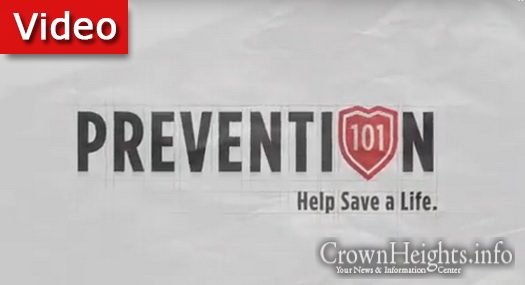
Operation Survival: What is the difference between aggressive behavior and bullying?
The term bullying is used frequently, and while there certainly is a great deal of bullying happening, it is important to know that bullying is a very specific type of aggressive behavior. Very often children fight over things. Two children want the same ball on the playground, or two children want to be first down the slide. This is fighting between two peers of equal power. It is not bullying. It may be behavior that we want to work on, but it isn’t bullying.
Bullying is the deliberate abuse of power to harm another person. There are three critical components in that definition, so let’s consider each of them:
Deliberate: It’s not accidental. We sometimes hurt other people’s feelings when we do not mean to, but bullying has a deliberate component to it.
Abuse of power: In bullying, a power imbalance must exist. In some cases, it could be many against one. In other cases, it could be the most popular child against the least popular, the most athletic against the least athletic, etc.
To cause harm: The intention to cause harm is the final piece of bullying. There are three types of bullying defined by the type of harm they cause. The easiest to spot is physical bullying. It is hitting, kicking and punching, and it causes physical harm. Equally noticeable is emotional bullying, which is a very well known and recognized form of bullying. This is name calling and teasing. We see this happen at all ages and among both genders. This type of bullying occurs not only in the real world but also in the virtual world, which has become increasingly more common.
The third type of bullying is the kind that children, parents and teachers are least likely to recognize, and it’s called social bullying. This is bullying that harms us by excluding us from certain social areas. We see it even in the preschool set when they say things such as, “I made a club, and you and you are in it, but you can’t be in it.” We see it on the ball field when boys say, “I brought the ball so I decide who plays.” We certainly see it with girls who create very tight social networks through middle school and high school and decide who can be a friend, who is in, and who is out.
Now, there is some discussion about whether something that happens just one time should still be called bullying or if bullying only applies to recurring behavior. All children will tease each other sometimes in good fun, and all children will be aggressive from time to time. It is the pattern of behavior that usually indicates bullying—targeting an individual over and over. This is different from other kinds of aggression.
Imagine the following scenario. Every day at lunchtime, there is one student who pushes everyone out of the way to get the chocolate milk. The school never orders enough chocolate milk and this child loves chocolate milk, so he or she pushes everyone out of the way to get the chocolate milk. That is not bullying. It is aggressive behavior, but it would be solved by ordering more chocolate milk.
However, if the same child pushes everyone out of the way not because there’s not enough chocolate milk, but because they like the feeling of power, then we have moved into bullying. They want other children to feel dominated by saying, “I’ll decide whether you get any chocolate milk today or not.” This will not be solved by ordering additional chocolate milk and it isn’t going to be solved by looking for more resources.
Controlling the distribution of chocolate milk might seems like “innocent” bullying, but bullying of this nature cannot be left unchecked. The need for power will only grow in these children, and using that power to harm others will escalate. While we must be careful not to label all aggressive behavior as bullying, we must be sure that bullying is not being ignored as simple aggressive behavior. Educators and parents have to deal with it as an issue of power, specifically the imbalance of power and the deliberate abuse of that power to hurt other people.
Dr. Rona Novick, PhD is the Dean of the Azrieli Graduate School of Jewish Education and Administration at Yeshiva University and holds the Raine and Stanley Silverstein Chair in Professional Ethics and Values.















